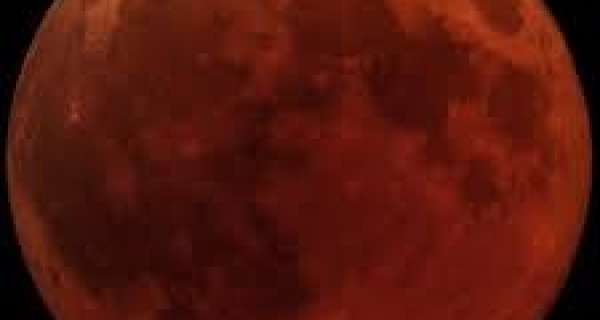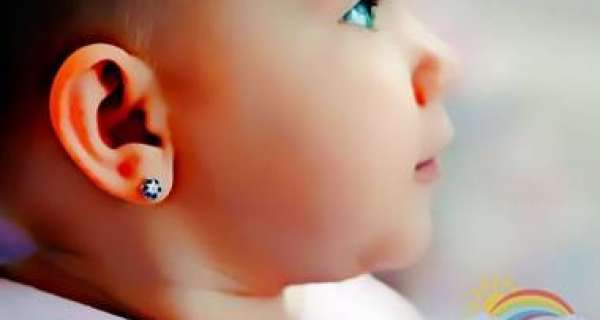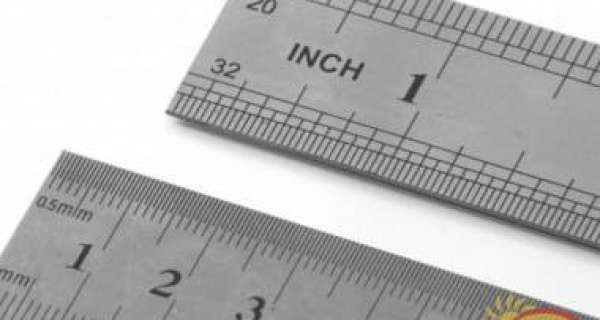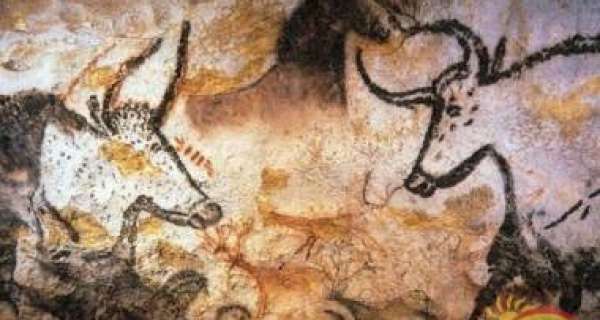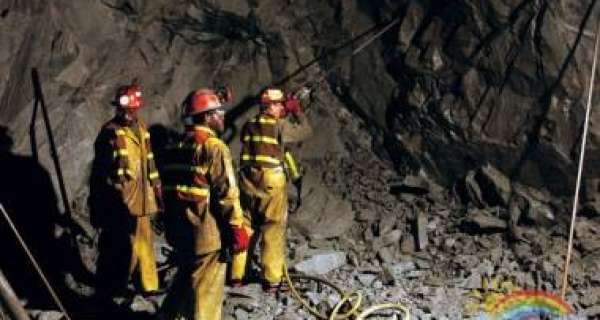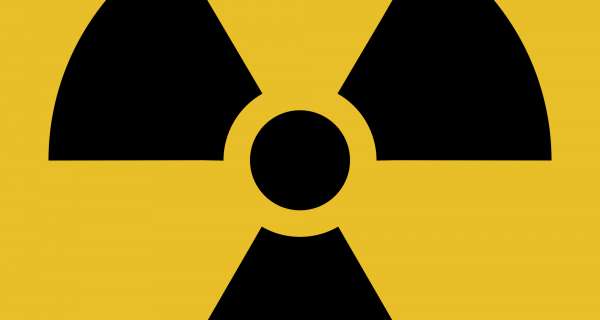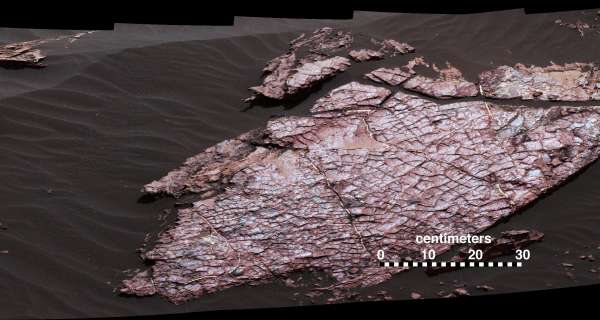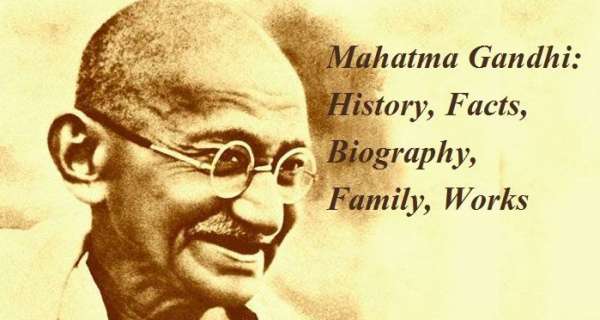A lunar eclipse is an astronomical phenomenon. A lunar eclipse can occur only at full moon. A total lunar eclipse can happen only when the sun, Earth, and moon are perfectly lined up — anything less than perfection creates a partial lunar eclipse or no eclipse at all.
It happens when the moon passes through the shadow of the Earth which can only occur during a full moon. Because the moon's orbit around Earth lies in a slightly different plane than Earth's orbit around the sun, perfect alignment for an eclipse doesn't occur at every full moon. A total lunar eclipse develops over time, typically a couple hours for the whole event. Here's how it works: Earth casts two shadows that fall on the moon during a lunar eclipse: The umbra is a full, dark shadow. The penumbra is a partial outer shadow. The moon passes through these shadows in stages. The initial and final stages — when the moon is in the penumbral shadow — are not so noticeable, so the best part of an eclipse is during the middle of the event when the moon is in the umbral shadow.
Lunar eclipses happen about twice a year and can be seen from a much larger portion of the Earth compared to solar eclipses. Lunar eclipses can last for a few hours, but solar eclipses may last only a few minutes.
During a lunar eclipse, the Moon looks red-brown. The reddish-brown color is because some of the Sun's light bends through the Earth's atmosphere and shines on the Moon. Refraction is greater for red light rays than for others, so red is what strikes the Moon.
Like solar eclipses, there are different types of lunar eclipses.
Total lunar eclipse: Earth's full (umbral) shadow falls on the moon. The moon won't completely disappear, but it will be cast in an eerie darkness that makes it easy to miss if you were not looking for the eclipse. Some sunlight passing through Earth's atmosphere is scattered and refracted, or bent, and refocused on the moon, giving it a dim glow even during totality. If you were standing on the moon, looking back at the sun, you'd see the black disk of Earth blocking the entire sun, but you'd also see a ring of reflected light glowing around the edges of Earth — that's the light that falls on the moon during a total lunar eclipse.
Partial lunar eclipse: Some eclipses are only partial. But even a total lunar eclipse goes through a partial phase on either side of totality. During the partial phase, the sun, Earth, and moon are not quite perfectly aligned, and Earth's shadow appears to take a bite out of the moon.
Penumbral lunar eclipse: This is the least interesting type of eclipse because the moon is in Earth's faint outer (penumbral) shadow. Unless you're a seasoned skywatcher, you likely won't notice the effect, in which the moon is subtly shaded by Earth's shadow.
